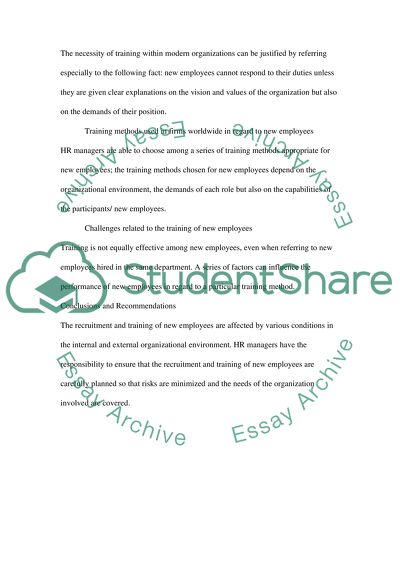Cite this document
(“How To Recruit And Train New Employees Research Paper”, n.d.)
Retrieved from https://studentshare.org/human-resources/1393422-human-resources-management
Retrieved from https://studentshare.org/human-resources/1393422-human-resources-management
(How To Recruit And Train New Employees Research Paper)
https://studentshare.org/human-resources/1393422-human-resources-management.
https://studentshare.org/human-resources/1393422-human-resources-management.
“How To Recruit And Train New Employees Research Paper”, n.d. https://studentshare.org/human-resources/1393422-human-resources-management.


